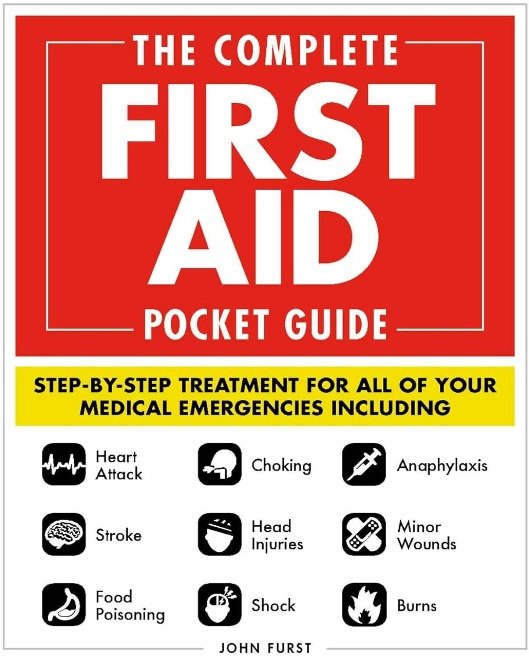EYE IRRIGATION – Purpose, Common Solutions Used, General Instructions, Equipment Needed and Procedures (COMMUNITY HEALTH NURSING)

UPDATED 2024
Eye
irrigation is washing of the conjunctiva sac by a stream of liquid

PURPOSES
- To treat inflammatory condition of
the conjunctiva - To apply heat or cold to the eye
- To apply medications
- To remove foreign particles or
irritating chemicals fallen in the eye - To
relieve congestion and pain
COMMON SOLUTIONS USED

- Plain water to clean the eye
- Normal saline (sodium chloride)
- Boric acid 2%, as an antiseptic
- Silver nitrate 1%, as an antiseptic
- Acriflavine 1%
GENERAL INSTRUCTIONS
- Maintain aseptic technique throughout
the procedure to prevent introduction of infection into eye - Use only sterile articles and
solutions for eye irrigation - Never touch eye with irrigator
- Test temperature of the solution at
the inner surface of the wrist - Flow of the fluid should be from
inner canthus to the outer canthus to prevent forcing the infection into the
nasolacrimal duct - Medications should be instilled
immediately after eye irrigation - Temperature of the solution is about
98 to 100 degree F, so that the conjunctiva is not injured
EQUIPMENT NEEDED
- An irrigator kept in a sterile bowl
- Prescribed solution in a container at
the correct temperature - Bowl of cotton swabs
- Medication bottle or ointment
- Kidney tray, paper bag, and eye pad
- Mackintosh and towel
PROCEDURE
- Wash hands to prevent cross infection
- Clean eyelids and eyelashes from the
inner to the counter corner of the eye by using wet swabs - Irrigate the eye using solution which
is at body temperature - Ask the patient to close his eyes and
allow a small amount of the fluid to run over eye lid. Separate eye lids gently
with thumb and fore finger of the left thumb - Keep the nozzle of the irrigator
about 2 cm above the eyes and allow the fluid to run into the conjunctival sac.
The flow should run from the inner cantus to the outer cantus, so that the
infection will not enter into the nasolacrinal duct - Ask the patient to look up while
irrigating the inner part of the lower lid and to look down while the inner
part of the upper lid is irrigated - Irrigate the eye until the outflow is
clean - Wipe the eyes for the effect of
irrigation - Instill eye drops or ointments
according to order and make the patient comfortable

Discover more from Bibliobazar Digi Books
Subscribe to get the latest posts sent to your email.




![First Aid (Quick Study Health) PDF Free Download [Direct Link]](https://bazarbiblio.com/wp-content/uploads/2024/02/First-Aid-Quick-Study-Health-PDF.jpg)